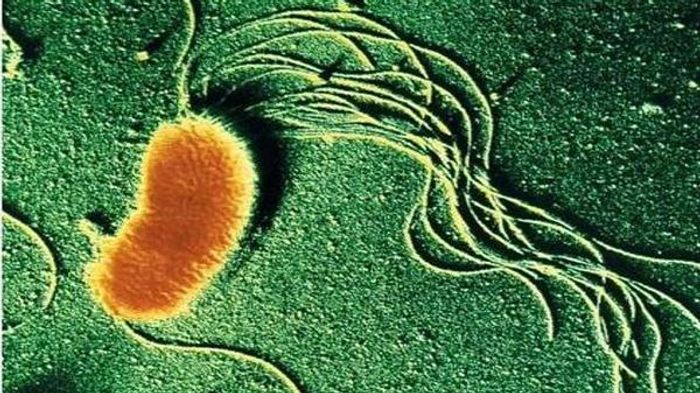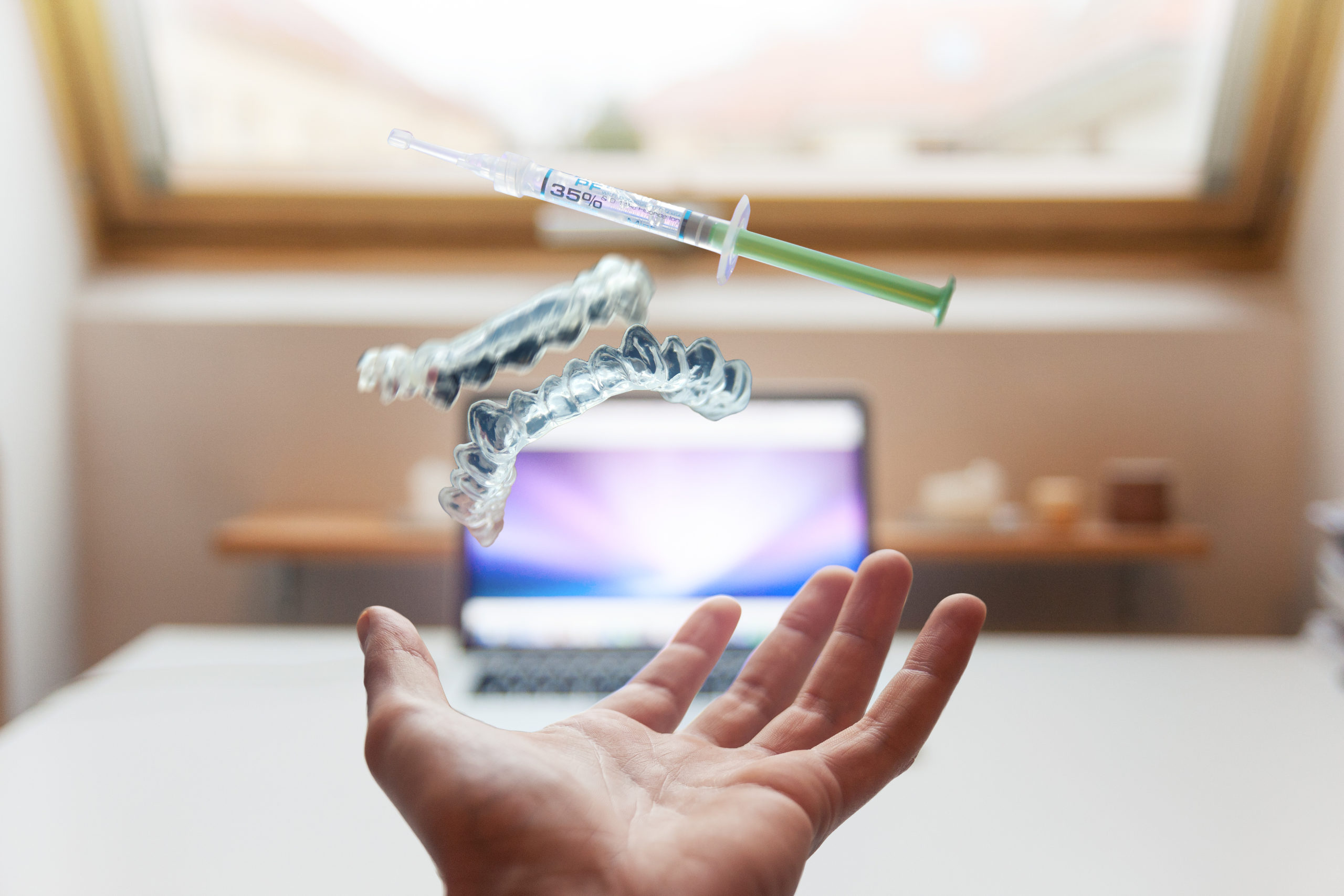Of you thought that the electricity “didn’t fall down from the sky” you must re-think about it, thanks to the job of a small bacterium Geobacter sulfurreducens, even known by friends as Geobacter.
A lowborn bacterium
The magazine Nature presented in February of this year the results of the research about the possibility to make electricity thanks to the air or better, from the humidity which is in the air. All of it thanks to Geobacter, a small lowborn bacterium.
The Doctor Derek Lovley of the University of the Michigan, leader of the research, discovered Geobacter more than 30 years ago inside the river Potomac, on the atlantic coast of the United States.
The bacterium infact isn’t very rare and it commonly lives inside lands and muddy deposits. The characteristic of Geobacter though is the one to be stem shaped and to produce mini-wires proteic electrically charged. These mini wires allow the bacterium to enter in touch with the environment in an unique way, and in this case, it can be used to create low voltage electricity.
Sustainable energy
In the article, the researchers said that they found out a way to create the electricity by using the humidity in the air. It is a technology completelly new and sustainable, that doesn’t requires much things and that it is renewable, thanks to the job of the special Geobacter.

But how does it exactly work?
First of all, the researchers remove the micro-wires produced by Geobacter and put them on an electrode (the lower electrode), so to create a thin layer of material. On top of the layer of mini-wires they put another electrode (the upper electrode).
The upper side of the mini-wires layer, which is in contact with the air, becomes more humid compared with the bottom side. This produces charge in the upper mini-wires layer and so a difference of tension between the two electrodes.
Air-gen, the air generator
The researchers gave to their generator the name of Air-gen.
For now it is only a generator which is able to give low quantities of electricity and supply small devices, like a smartphone.
The point is that the generator is such small is connected with the limited supply of micro-wires. Infact, for the moment, it is hard to grow big quantity of Geobacter.
Luckly, Lovley and his colleagues thought a solution: genetically change the strain of a bacterium easier to grow, E. coli, so that it will produce the micro-wires that they need.
More micro-wires, more electricity
Thanks to the usage of the E.coli it will be possible to produce much more micro-wires, so to create bigger devices and so to generate more power.
The final purpose is the one to create large scale systems, claims the researcher Jun Yao, and even to enlarge the field of the possible usages of this technology.
For example it might be soon possible to put the micro-wires inside the paint for the walls and insert so Geobacter in the energetic supply of your home.
A great future
A parallel branch of the application of Geobacter, studies how it can even be used in the disposal of the radioactive materials. So, Geobacter is a brave small bacterium with thousand unaspected resources!
This post is also available in:

